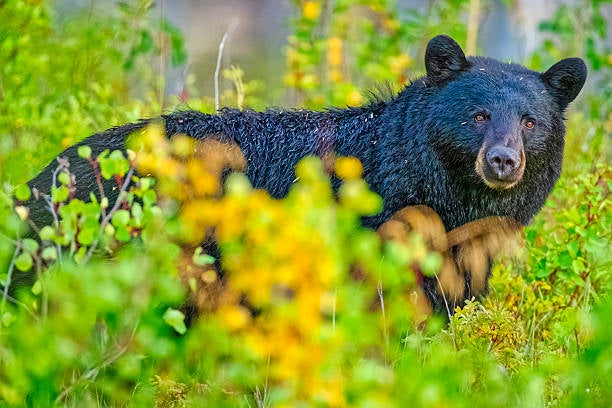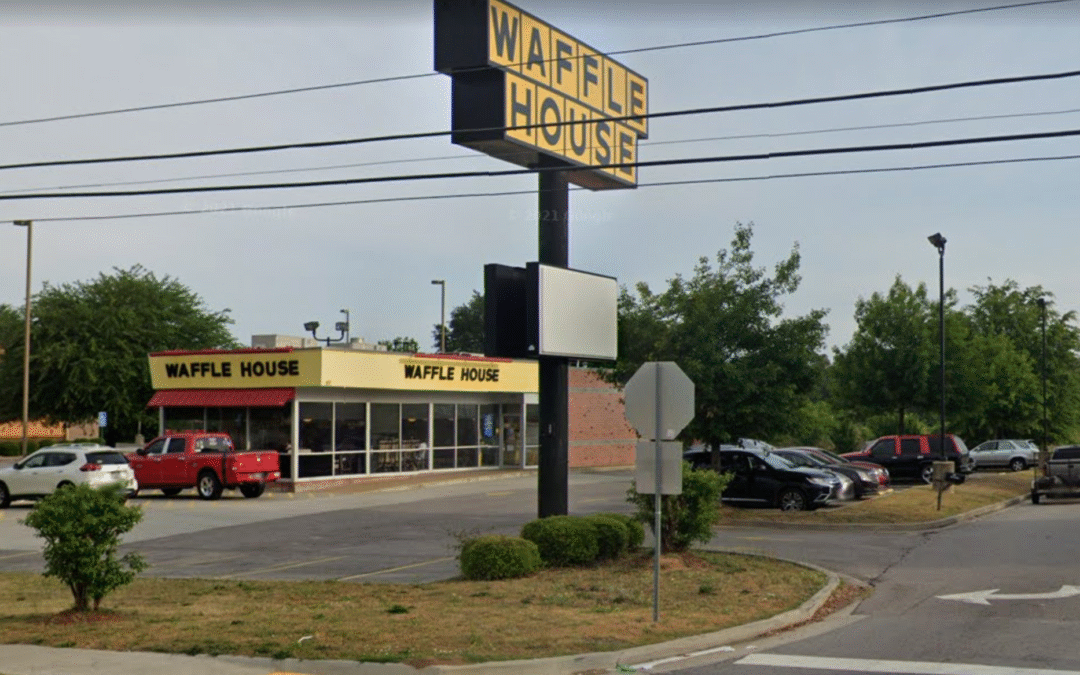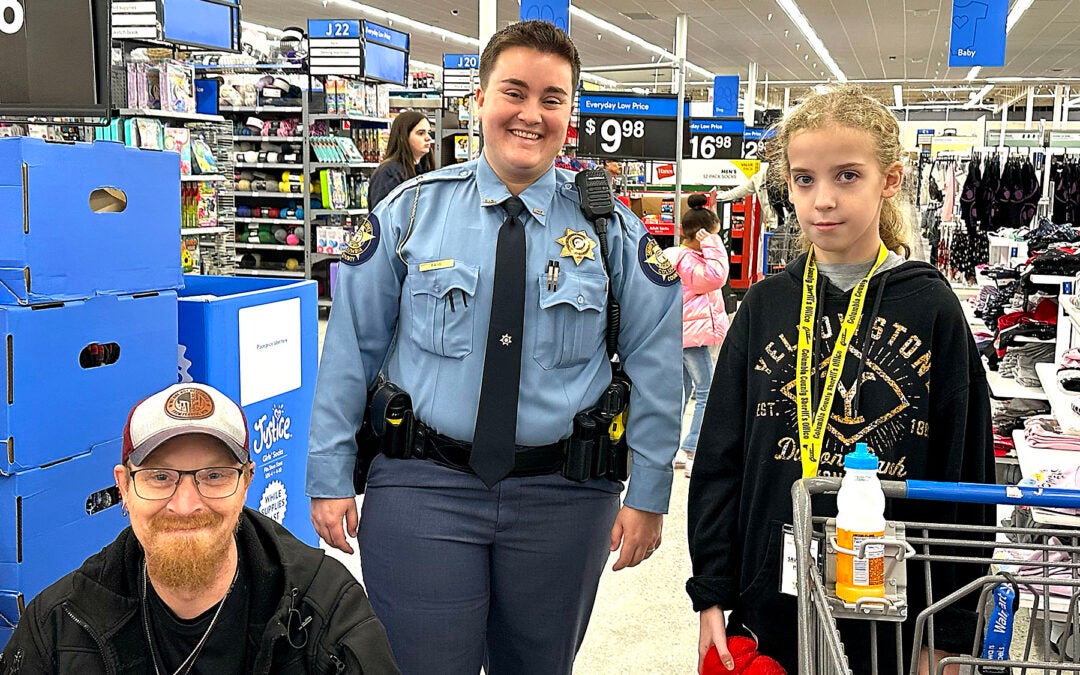As it turns out, bears do much more than defecate in the woods, they have another urge that puts them into view of humans, something they usually try to avoid at all costs.
The elusive beasts will allow themselves to be seen as they follow the scent of a potential mate.
Black bears have recently been reported all across the area, from Columbia County to Edgefield. North Augusta Mayor Briton Williams says that Chief Junior Johnson verified that there have been spottings in the city. The latest sighting, according to Williams, was at the exit 5 Park and Ride parking lot.
“Every five years or so, there seems to be a surge in sightings, and we dutifully notify the DNR every time we get a report,” Williams said.
Bears also faced severe habitat loss last year due to Hurricane Helene.
Williams says usually, these days, the person making the report has evidence in the form of “ring” camera footage. Sometimes one might see an entire family posing for the cameras, or just a juvenile romping around in the flower beds.
According to the Georgia Department of Natural Resources, there are 2,000 known individuals across the state of Georgia that form small “family” units; however, those figures do not account for individuals that merely wander and migrate up the Savannah at a leisurely pace looking for a mate. Having that many tagged individuals is actually a healthy number considering that the species was once threatened due to overhunting and habitat loss.
Officials say the fact that there are so few sighting shows that the people living in McCormick County and especially in the Modoc area, from the campers to the full-time residents, are following the rules that that have been preached for decades. This means campers are “packing it out,” instead of leaving anything out that can be tied to humans. Meanwhile, residents of McCormick at large know not to leave trash cans unsecured or surplus pet food lying about.
Residents know if they see a baby cub on their front lawn, it is best to stay indoors as a cub is an indication that a momma bear is not very far away, but a yapping dog at the storm door or window is usually enough to ward them off.
From the pine forests of northern Florida to the mountains of Tennessee and North Carolina, there is a corridor for bear migration and the path does not necessarily follow I-20 unless a whim strikes a lone bear to roam aimlessly looking for a good “one-night-stand.” Instead, bears follow the food and they have done so successfully since the Native Americans encountered them in pre-colonial days.
These wandering bears can easily cover 50 to 100 miles while foraging for everything from nuts to fish while only leaving their scent behind. Meanwhile, the “family units,” which may include blood relatives as well as curious potential bear beaus looking to spread their DNA around, pack on calories while staying more or less in one place waiting for the onset of winter.
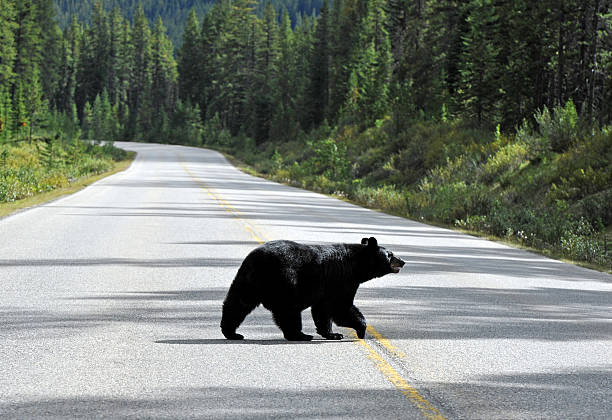
“Bears are like big dogs that lack any form of social skills,” says David Quebedeaux, a ranger for the U.S. Army Corps of Engineers and expert on bear management. He maintains people are confused, thinking they were witnessing one individual and wonder how it can be seen in the early morning one day inspecting trash cans in Columbia County and being spotted at midnight the next day in Edgefield.
Quebedeaux says that is because it is likely they are seeing or filming more than one lone bear. In fact, this is the time of year that “family units” may see a decline in local food and decide to go further north.
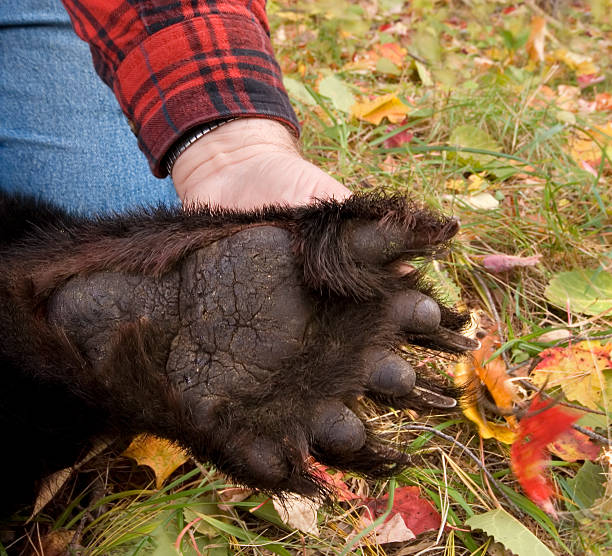
Quebedeaux was lauded as a hero for putting his Eagle Scout skills to the test and stepping in to save a small boy who was being mauled by a bear while camping near the Texas/Mexico border.
“The best way to save yourself if you have such an encounter is to ‘bray’ loudly like a donkey or bark like a dog and you need to be loud. Rather than trying outrun it, make yourself as big as possible and bark like a Great Dane as you slowly back away,” Quebedeaux said.
Bears can run as fast as 35 mph in short bursts, according to the North American Bear Center, and the grade of the ground makes very little difference with the exception of a downhill run where they have a tendency to topple over headfirst due to their stubby front legs, Quebedeaux said.
Native Americans generally had spirituality-linked respect for the animals, but they found that colonists would pay top dollar as the adult creatures meat could be salted and stored for winter, feeding an entire family. Colonists also converted their furry hides into all types of uses, from clothing and blankets to waterproof tarps
The huge animals, which can grow from 150 to 600 pounds, the biggest weighing in at over 800 pounds, can not only run fast, but they can also climb trees and are quite proficient swimmers. The apex predators have no natural enemies in the wild other than humans.
The good news is that bears have an innate fear of humans. Quebedeaux says that it is a good thing that the animals only pop up to be seen from time to time, indicating that the natural aversion is working just fine.

